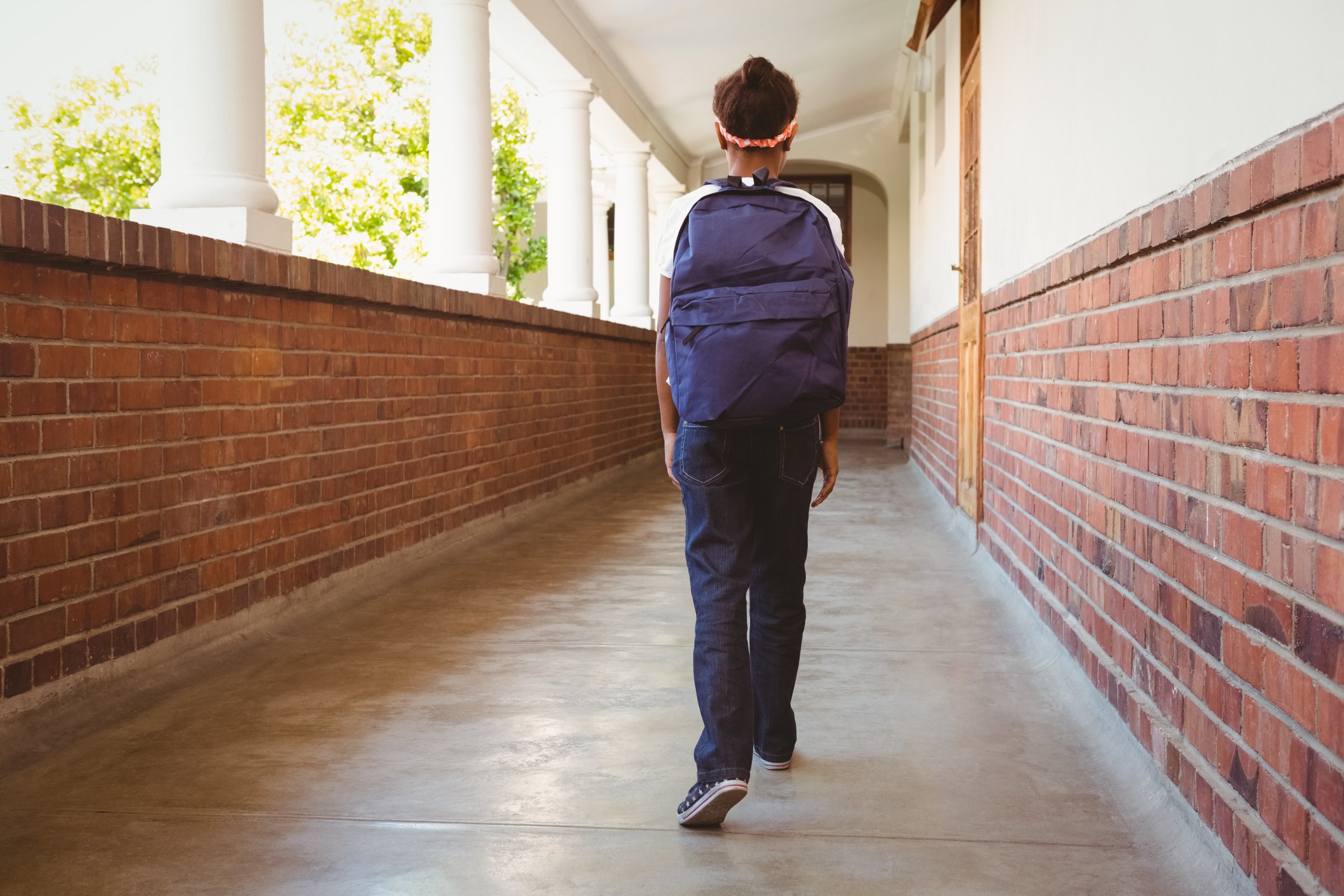
There are more girls in the U.S. living in poverty and low-income households now than were ten years ago, according to a new report released exclusively to Motto by the Girl Scout Research Institute. The report, titled the State of Girls, examines key changes in the economic, educational, physiological and psychological well-being of American girls since the Great Recession.
Today, 41% of girls live in low-income households, up from 38% in 2007. The percentage of girls living in households of poverty increased from 17% in 2007 to 20% in 2014. (A child is considered low income if her family income is less than twice the poverty threshold.) Girls of color are disproportionately affected: In 2014, black girls were the most likely to live in poverty (35%), closely followed by Latina and American Indian girls (31% each). Multiracial girls were 20% likely, Asian-American girls were 14% and white girls were least likely to live in poverty, with only 12%. These numbers are particularly concerning, because girls living in low-income households are more likely to face additional challenges across all areas of well-being.
“These are things we have known about for a while, but we don’t talk about them,” said Kamla Modi, Senior Researcher for Thought Leadership at the institute. “This report really helps us talk about them.”
The institute has been developing reports like this one for the past five years in order to adjust Girls Scouts programming to suit the needs of American girls, Modi said. The State of Girls report utilizes data compiled by government resources such as the United States Census Bureau, the Centers for Disease Control and Prevention and the National Center for Education Statistics.
“What we do is take the data on girls [only], pull it together, summarize it and talk about it, because otherwise this data is looked at for youth in general,” Modi said. “We know boys and girls are so different on a variety of indicators.” By breaking down the statistics even further to isolate girls of specific races, ethnicities, and sexual identities and orientations, researchers are able to get a much clearer picture.
At least one State of Girls finding surprised Modi: “I really thought obesity would have gone down — but it’s still going up.” The report claims that while obesity is on the rise, diet is not the only factor to be blamed: Fewer girls are participating in physical education courses in school.
The education space was one of the only areas in which researchers saw improvement between 2007 and 2014. Girls’ fourth-grade reading proficiency and eighth-grade math proficiency improved three percentage points each, and the high school dropout rate decreased by 1.4%. Modi predicts that all three of these positive trends will continue this year.
The biggest takeaway? America is becoming more and more racially and ethnically diverse. In 2007, 57% of girls were white, down to 52% in 2014 — and the percentage of Latina girls increased from 20% to 24% in those same years. Roughly a quarter of school-aged girls in the U.S. are first- or second-generation immigrants. But given that poverty and the propensity to drop out of high school disproportionately affect non-white girls, both public and private support systems are more necessary than ever.
“At Girl Scouts, we talk a lot about social capital — helping girls develop positive, supportive relationships with other girls, troop leaders, other adults, with women,” Modi said. “[Low-income girls] need these resources that girls in higher-income families already have.”
More Must-Reads from TIME
- L.A. Fires Show Reality of 1.5°C of Warming
- Home Losses From L.A. Fires Hasten ‘An Uninsurable Future’
- The Women Refusing to Participate in Trump’s Economy
- Bad Bunny On Heartbreak and New Album
- How to Dress Warmly for Cold Weather
- We’re Lucky to Have Been Alive in the Age of David Lynch
- The Motivational Trick That Makes You Exercise Harder
- Column: No One Won The War in Gaza
Contact us at letters@time.com